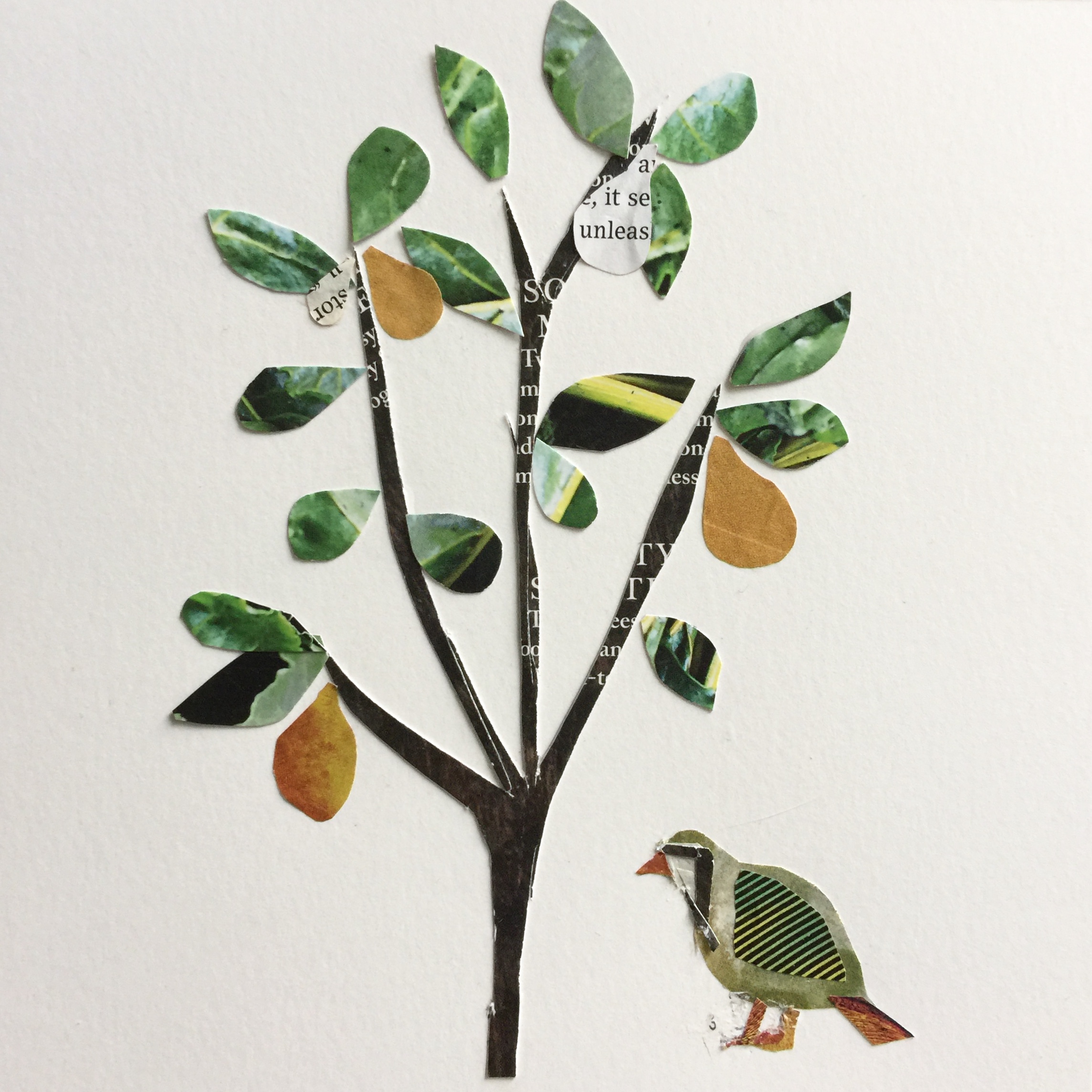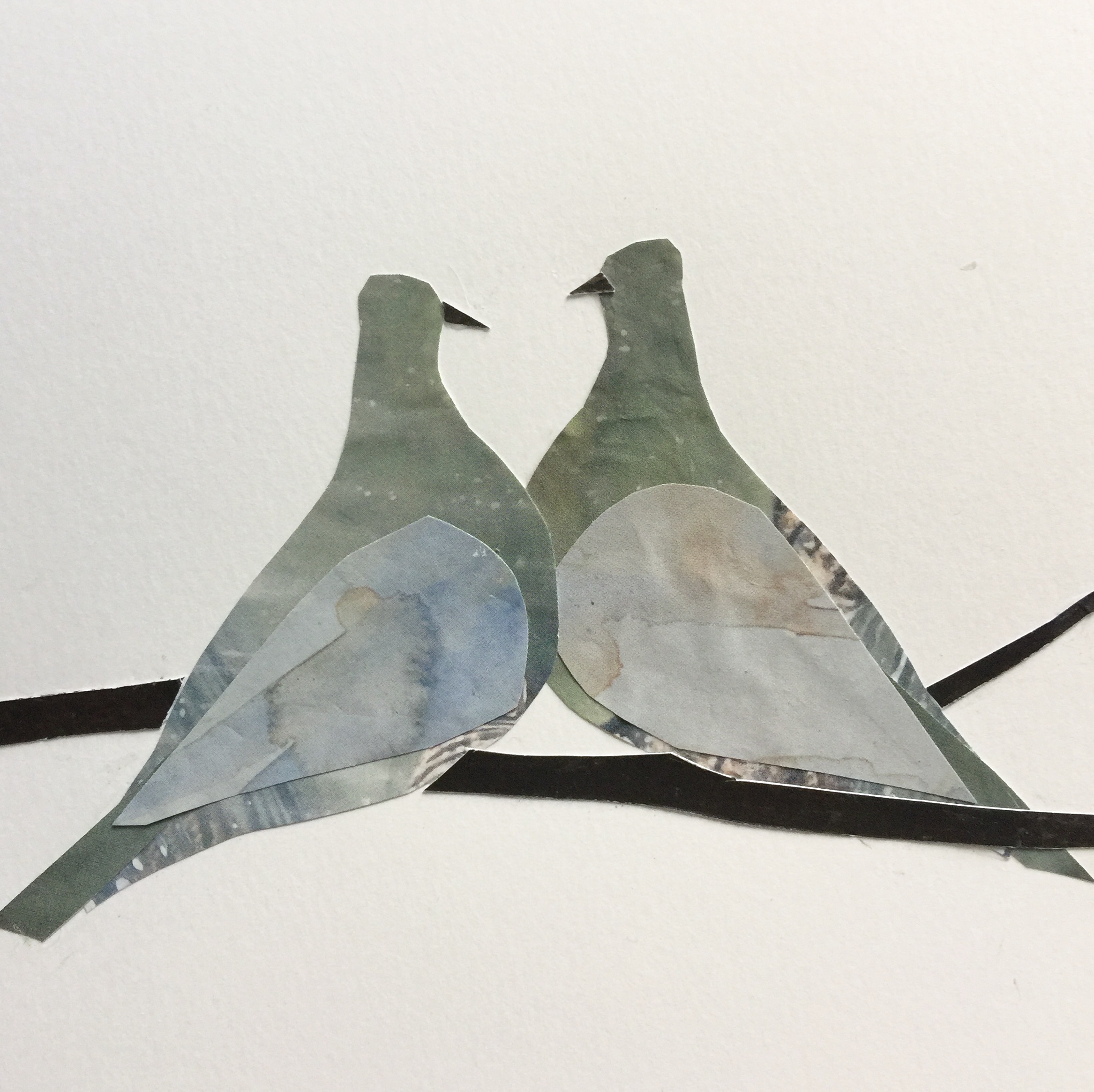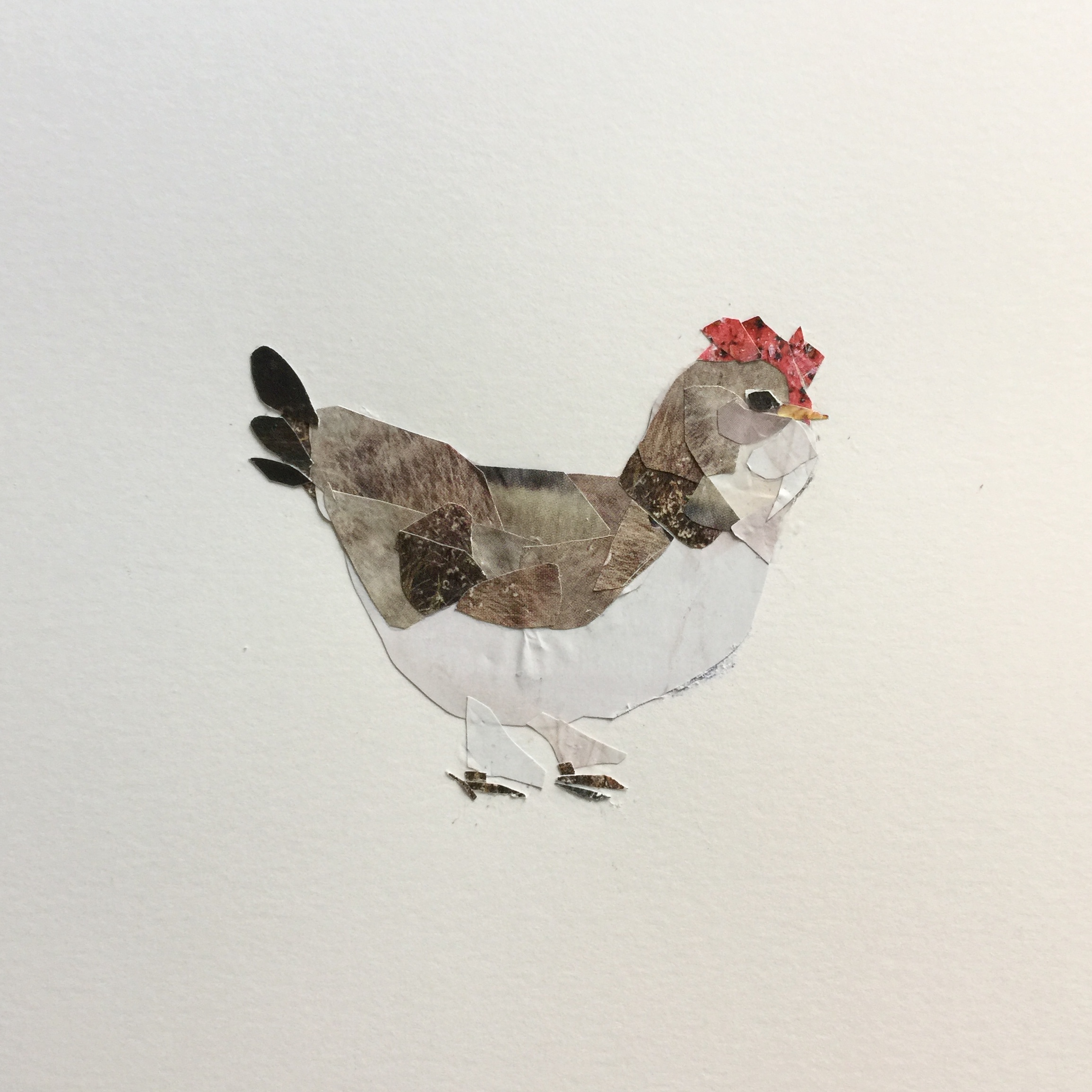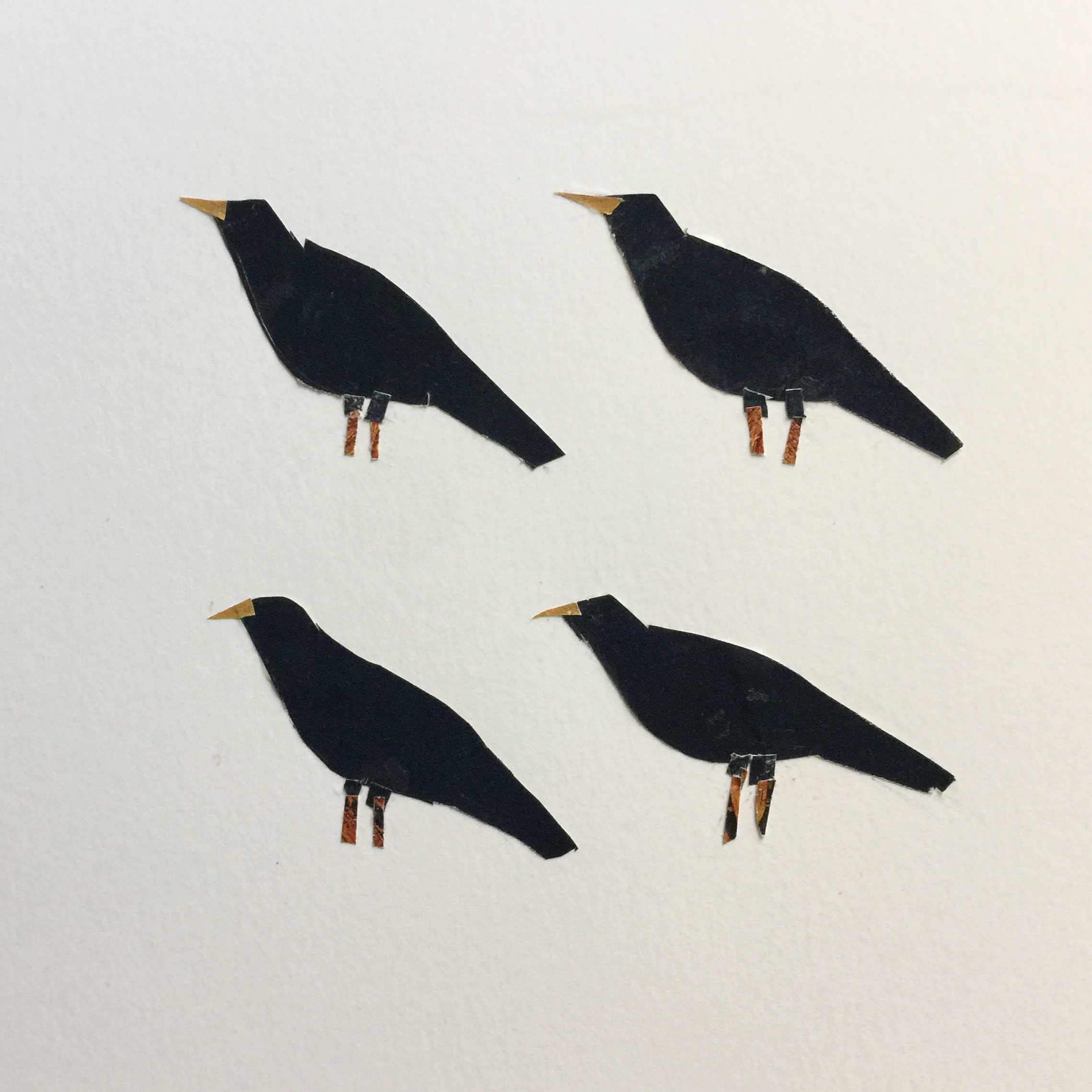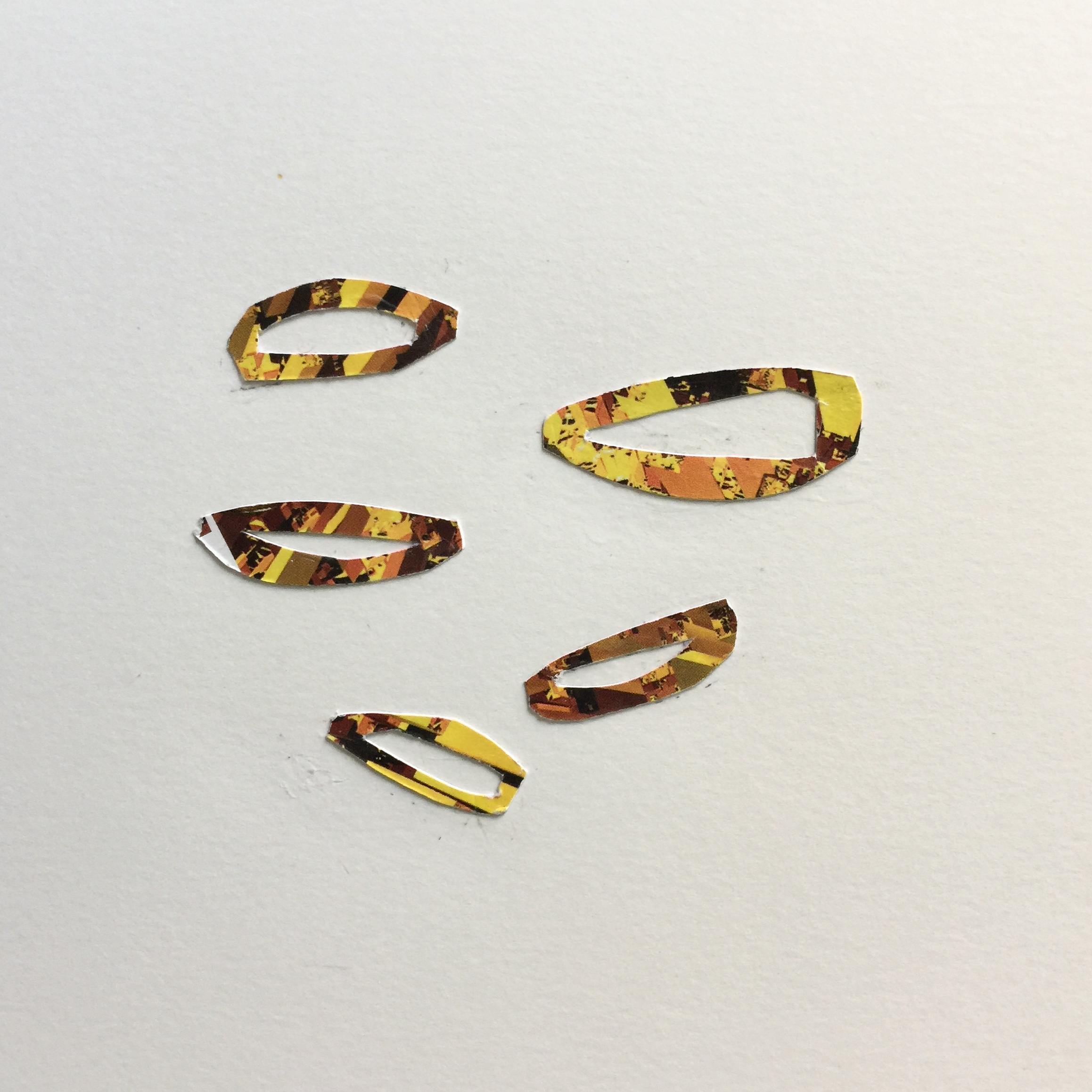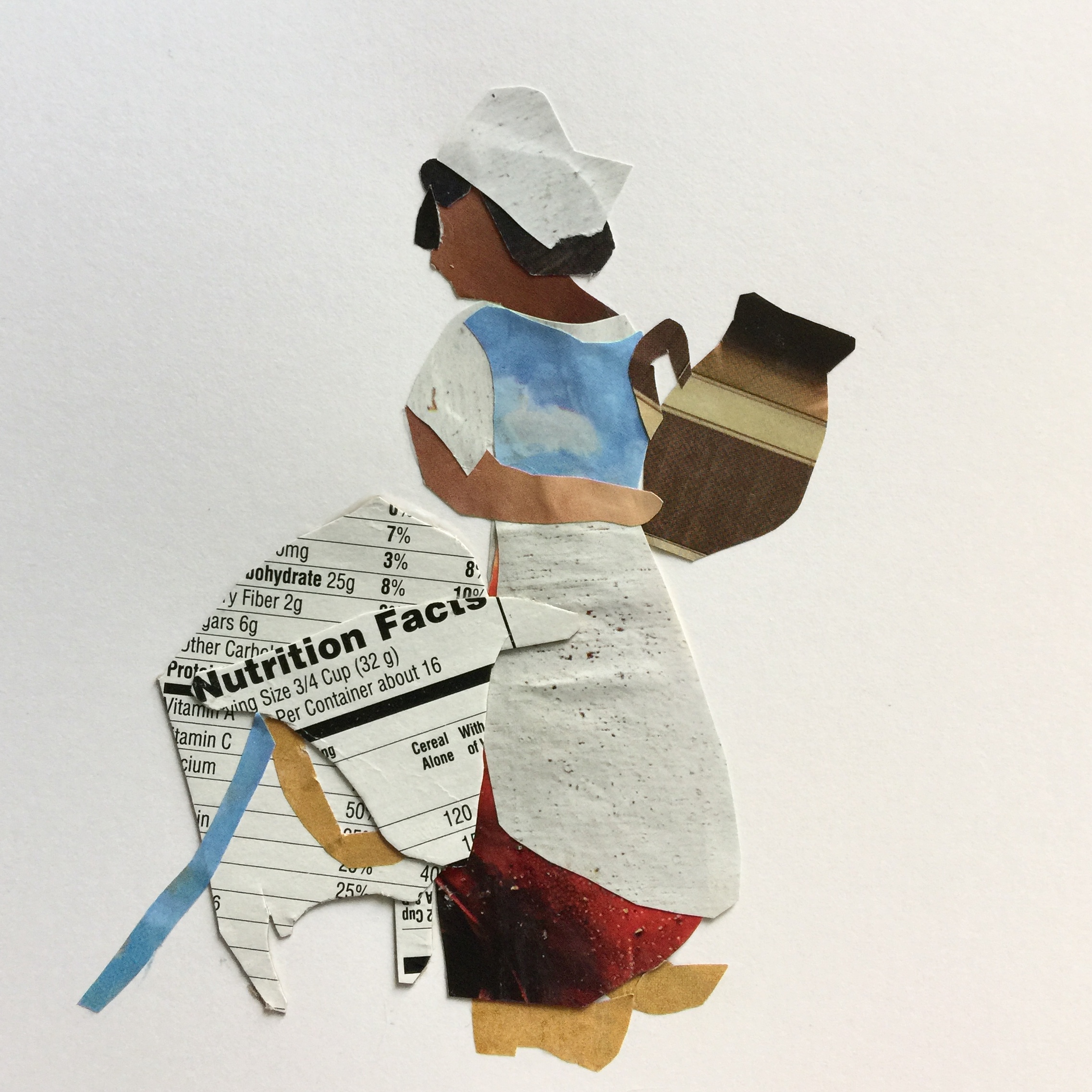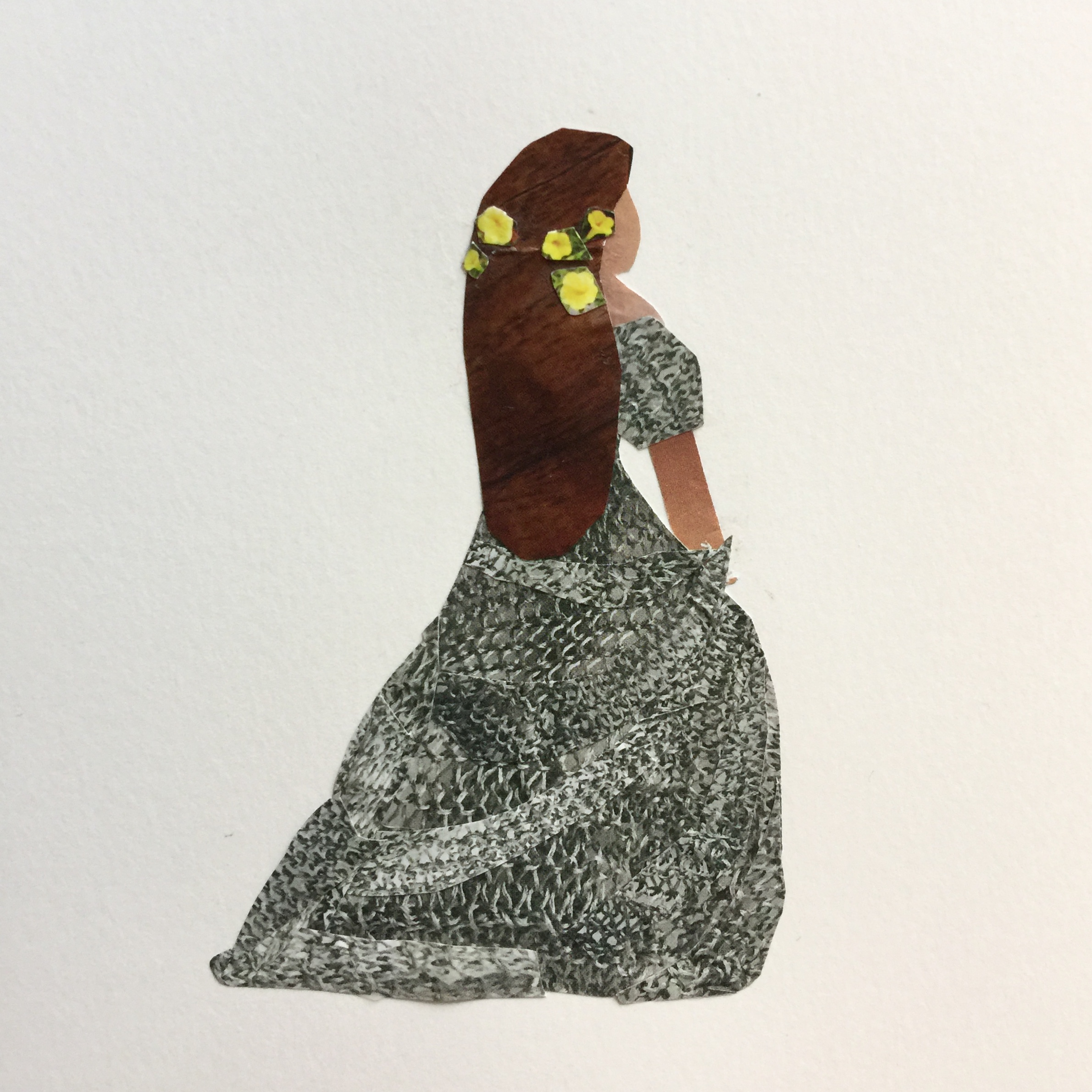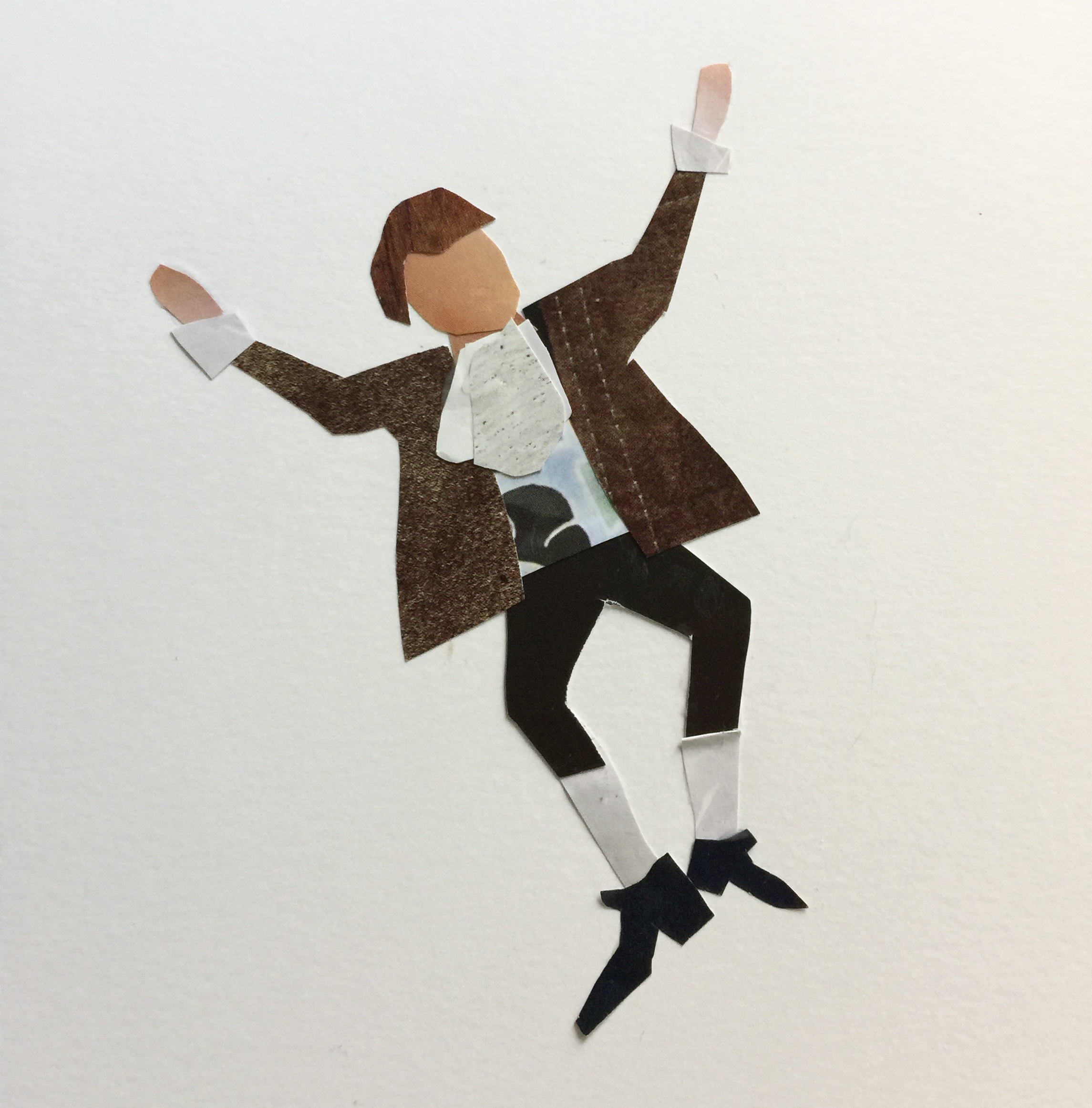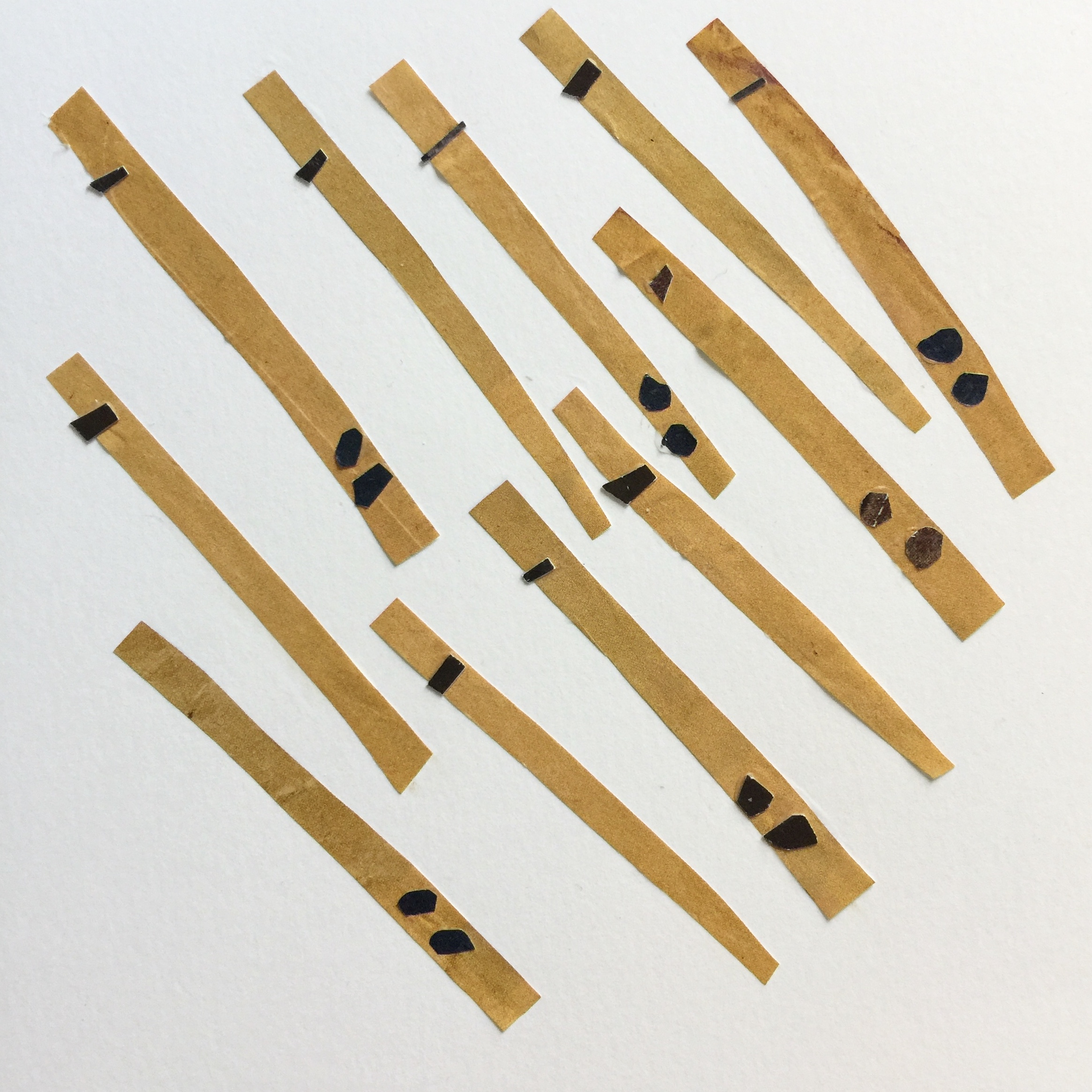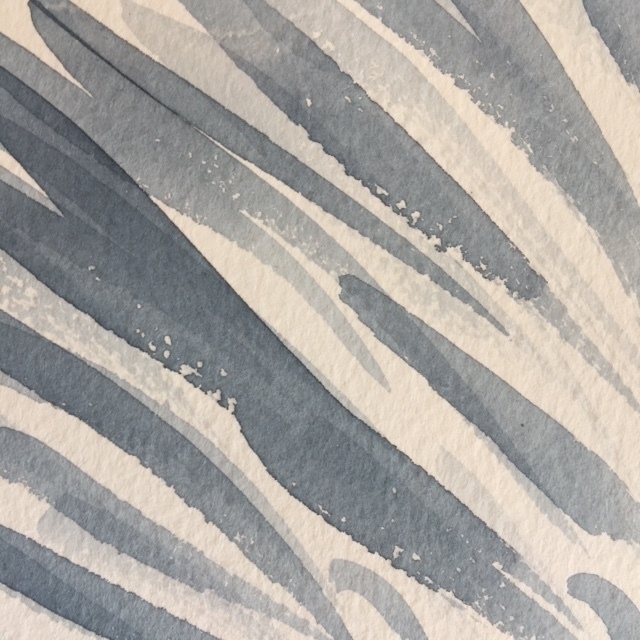Last May, I began recording a series of sketches of the flora in my little corner of the world.
It was a self imposed project to foster appreciation and gratitude.
Personally, I needed to gain an appreciation for the part of the world I am currently planted in. In the summer months, I find rural South Carolina's nature to be highly uncivilized. Especially the heat and the snakes.
Simultaneously, I wanted to improve my drawing skills through drawing from life, while learning the names of all the items growing around me.
People in Florence, South Carolina will say that its people are its landscape. I would say that is true. Geographically speaking it is flat with many southern small town sensibilities, accented through a metropolis of azaleas, camellias and pine trees.
And so these backyard sketches have provided an appreciation for botany, gardeners, the seasons and natural order. I have loved the intricacies found in creation which I have discovered through closer study of these plants.
So in celebration of earth day, here are a few of my favorites from the past year.
“This world is a great sculptor’s shop. We are statues and there is a rumor going around that some of us are some day going to come to life.”


















